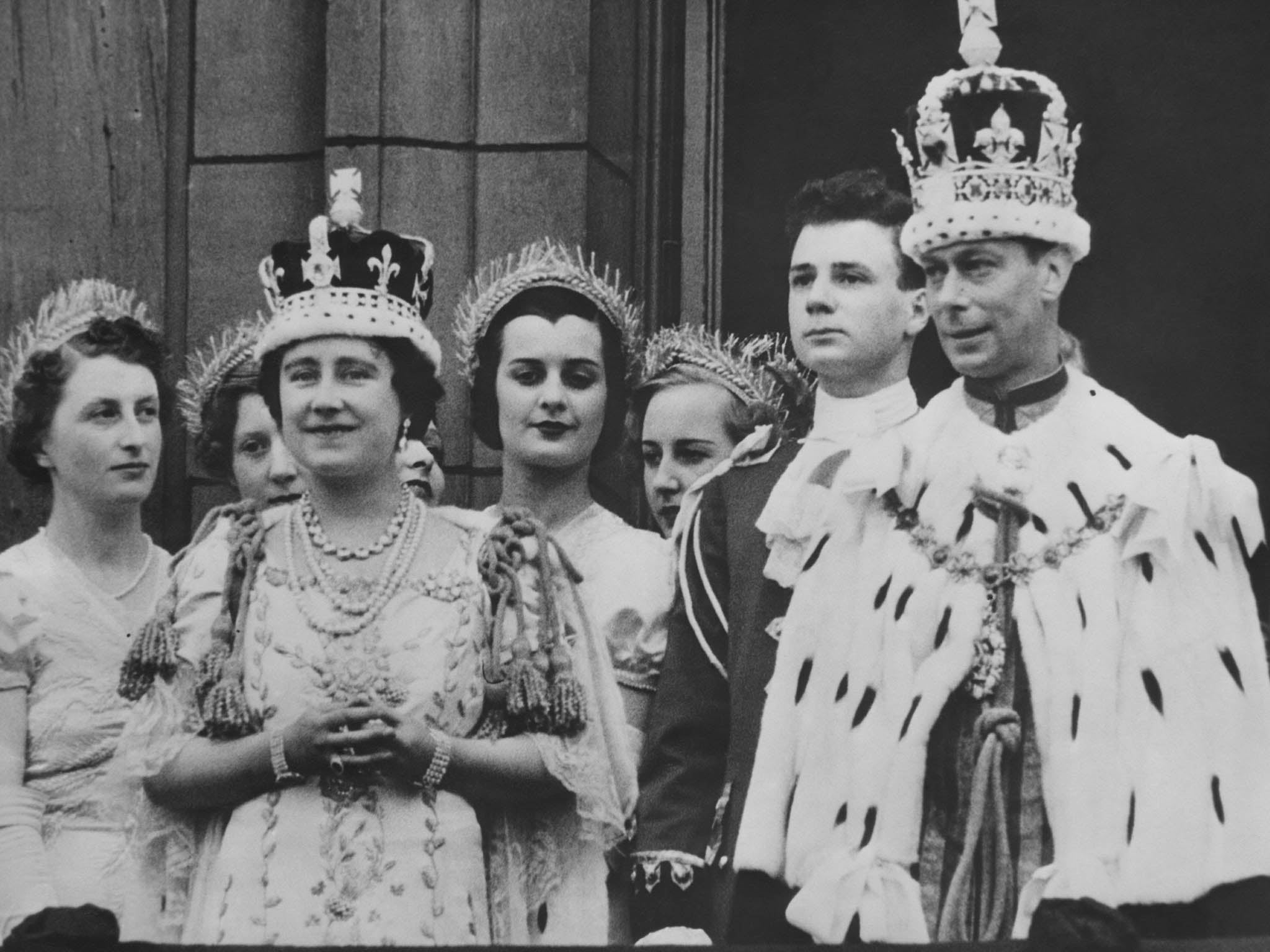Koh-i-Noor: India sues the Queen for return of 'stolen' £100m diamond
The diamond can only be worn by a woman or a god, according to legend

Your support helps us to tell the story
From reproductive rights to climate change to Big Tech, The Independent is on the ground when the story is developing. Whether it's investigating the financials of Elon Musk's pro-Trump PAC or producing our latest documentary, 'The A Word', which shines a light on the American women fighting for reproductive rights, we know how important it is to parse out the facts from the messaging.
At such a critical moment in US history, we need reporters on the ground. Your donation allows us to keep sending journalists to speak to both sides of the story.
The Independent is trusted by Americans across the entire political spectrum. And unlike many other quality news outlets, we choose not to lock Americans out of our reporting and analysis with paywalls. We believe quality journalism should be available to everyone, paid for by those who can afford it.
Your support makes all the difference.It was once the world's largest known diamond, is worth a reported £100m and is currently part of Britain's crown jewels.
But India wants it back.
Bollywood stars and businessmen have united to instruct lawyers to begin legal proceedings in London’s High Court to return the Koh-i-Noor diamond.
The diamond was in the crown worn by the Queen Mother at the coronation of her husband King George VI in 1937 and again at Queen Elizabeth's coronation in 1953.

The group, which has called itself the “Mountain of Light” after the translation of the stone’s name, say that the 105-carat diamond was stolen from its true home in India and are demanding that the UK Government returns it.
The stone is “one of the many artefacts taken from India under dubious circumstances”, according to David de Souza from the Indian leisure group Tito’s.
Souza claims the British colonisation of India had stolen wealth and “destroyed the country’s psyche”.
The jewel was given to the reigning Queen of the time by the last ruler of the Sikhs, Duleep Singh, after the British annexe of the Punjab.
Bollywood star Bhumicka Singh, also part of the group, said: “The Koh-i-noor is not just a 105-carat stone, but part of our history and culture and should undoubtedly be returned.”
British Lawyers instructed by the “Mountain of Light” group to seek the stone's return, said they would base their case on the Holocaust (Return of Cultural Objects) Act, which gives national institutions in the UK the power to return stolen art.
Satish Jakhu, of Birmingham-based law firm Rubric Lois King, said they would make their claim under the common law doctrine of “trespass to goods”, arguing that the government had stolen the diamond. He added that they would be taking their case to the International Court of Justice.
Historian Andrew Roberts told the Mail on Sunday: “Those involved in this ludicrous case should recognise that the British Crown Jewels is precisely the right place for the Koh-i-Noor diamond to reside, in grateful recognition for over three centuries of British involvement in India, which led to the modernisation, development, protection, agrarian advance, linguistic unification and ultimately the democratisation of the sub-continent.”
The disagreement over ownership has parallels wit the case of the Elgin Marbles. The ancient sculpture is currently held at the British Museum, but Greece has been seeking its return for many years.
According to legend, the Koh-i-Noor gem can only be worn by God or women, and whoever wears the jewel will become extremely powerful; but if a man wears it, he will meet an unfortunate end.
The jewel was also in the crowns of Queen Alexandra and Queen Mary. It remains in the Queen Mother's crown, which sat atop her coffin at her funeral in 2002.
The UK Government has so far rejected the claims.
Join our commenting forum
Join thought-provoking conversations, follow other Independent readers and see their replies
Comments